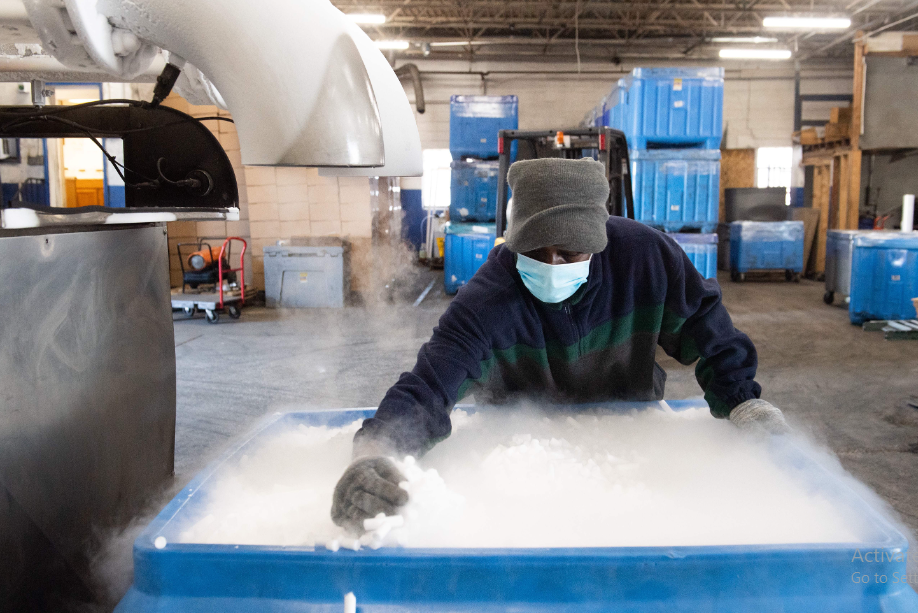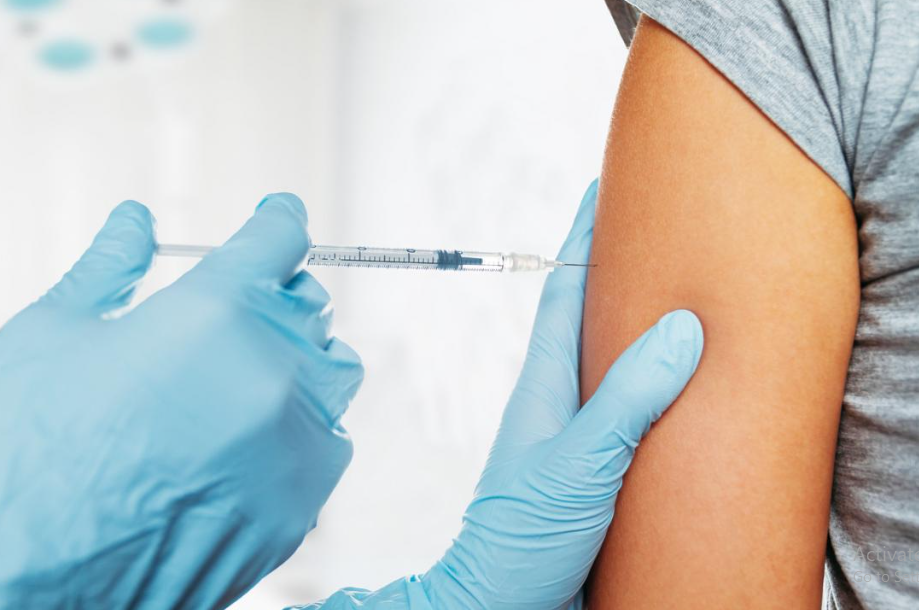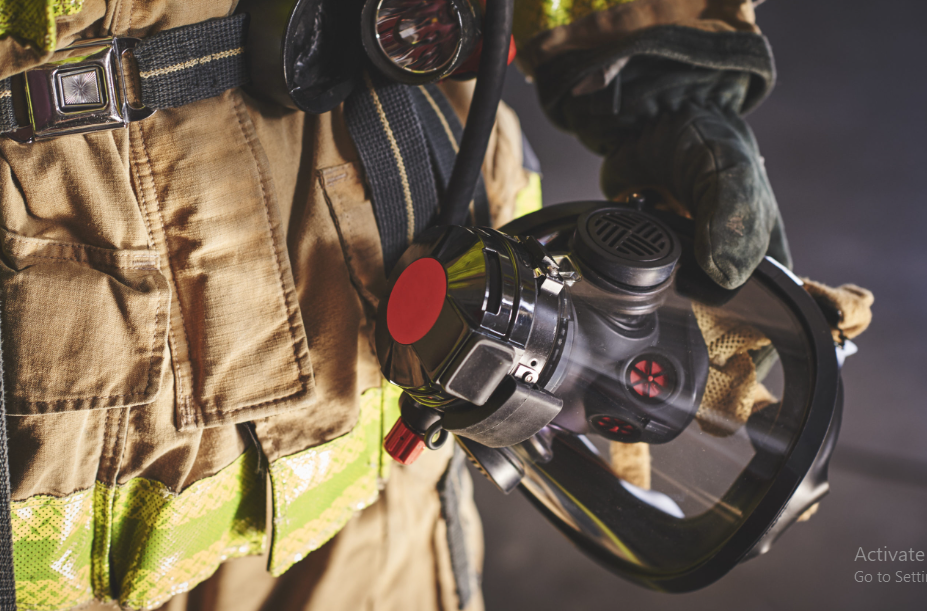While we continue to move towards the reality of the COVID-19 vaccines program in different locations all over the world, it’s time that we look at the logistics of how it’s all going to play out. If you’ve spent any time considering the logistics of the COVID-19 vaccine program, you’ve likely heard of the role of dry ice and how it’s going to be used for the Pfizer (and other) vaccines across the globe.
But Why Dry Ice Is Being Used to Assist the COVID-19 Vaccine Program?
We’ve gotten some answers from the Cold Jet dry ice Melbourne experts: the Australian dry ice providers who supply the material across Sydney, Melbourne and Canberra for domestic, commercial and industrial use. Let’s start with the basics.
What Is Dry Ice?
Dry ice is the solid form of carbon dioxide, a condensed version; a molecule consisting of a single carbon atom combined with two oxygen atoms. A pillar in the food processing industry, dry ice is a fantastic resource when it comes to keeping materials cool, fresh and unspoiled.
Dry ice is used by domestic users, whether it be on a camping trip or otherwise, commercial sites for food production and storage of foods, and industrial applications too. Airline catering companies regularly use dry ice to store and keep their meals fresh before serving them onboard a flight.
How Does Dry Ice Help the Vaccine Program?
A well-known tool in the food industry, dry ice has and will provide an unparalleled resource in the successful transportation, movement and roll out of the COVID-19 vaccine all over the world. The COVID-19 vaccines and the process of the vaccine programs require very low temperatures and freezers. The nature of the Pfizer (and other) vaccines mean that the vials need to be kept at extremely low temperatures during shipment, storage and when the shipments arrive. To achieve this, the vials of the frozen vaccine are being shipped and stored in insulated thermal shipping containers containing dry ice.
The dry ice keeps the vaccine frozen at this extremely low temperature, for extended periods of time. As such, it’s going to be the key to successful roll out of the COVID-19 vaccine program.





